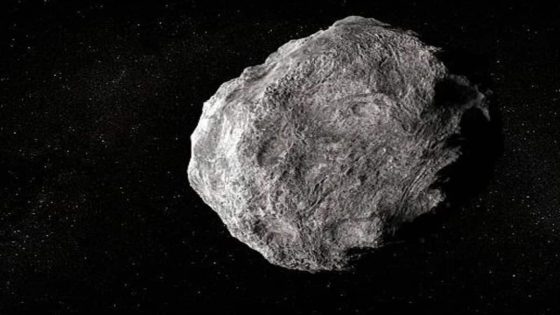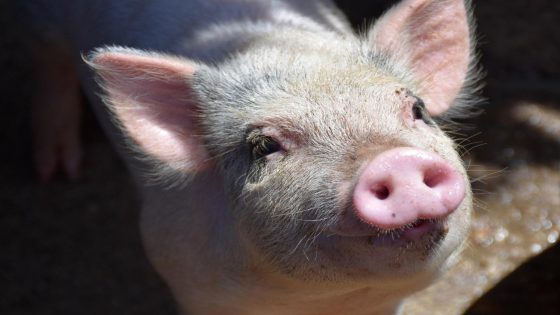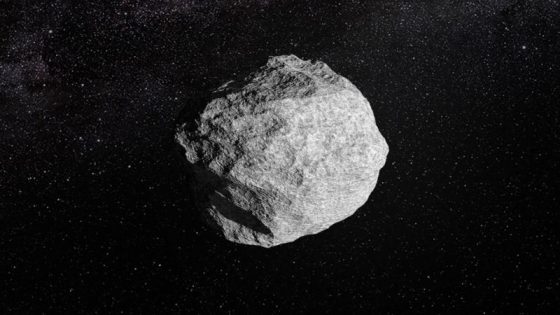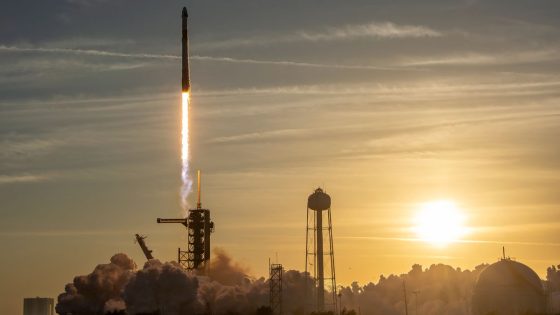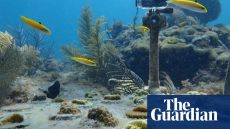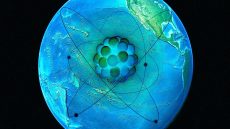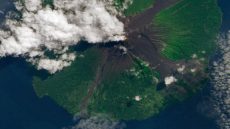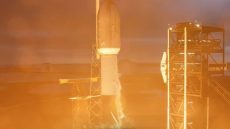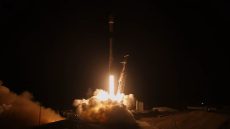Japanese researchers recently made an exciting discovery on asteroid Ryugu, revealing salt minerals that suggest liquid water may have existed on its parent body. This finding, announced on February 19, 2025, raises intriguing questions about the history of water in our solar system. Could these clues help US understand how planets and moons formed?
- Salt minerals found on asteroid Ryugu
- Evidence of past liquid water activity
- Implications for extraterrestrial life potential
- Insights into Earth's ancient oceans formation
- Future asteroid sample-return missions planned
- Understanding solar system's water distribution
New Discoveries on Asteroid Ryugu Highlight Water’s Role in Planetary Formation
What if water was once common in our solar system? The recent findings from Ryugu suggest just that. Salt minerals like sodium carbonate and halite indicate past water activity, hinting that the asteroid’s parent body might have contained liquid water billions of years ago. This discovery is crucial for understanding how planets and moons formed and evolved.
Implications of Salt Minerals Found on Ryugu for Future Exploration
The presence of salt minerals on Ryugu opens up exciting possibilities for future space missions. Here are some key implications:
- Supports the idea that water may have been widespread in the solar system.
- Encourages further exploration of other celestial bodies with similar features.
- Aligns with findings on moons like Europa and Enceladus, which may harbor life.
- Provides insights into the origins of Earth’s water and its early oceans.
Understanding the Origins of Water in Our Solar System
This discovery sheds light on how Earth’s oceans may have formed. Some scientists theorize that water-rich asteroids and comets bombarded the early Earth, delivering essential components for life. By comparing Ryugu’s minerals to Earth’s oldest rocks, researchers hope to uncover more about our planet’s water cycle and its extraterrestrial origins.
Future Missions and Their Potential Discoveries
The success of the Hayabusa2 mission paves the way for more asteroid sample-return missions. Upcoming projects like NASA’s OSIRIS-REx and JAXA’s MMX aim to explore other celestial bodies, enhancing our understanding of asteroids and the distribution of water in the cosmos. These missions could help answer fundamental questions about how life emerged in the universe.
In summary, the discovery of salt minerals on Ryugu is a crucial piece of the puzzle in understanding our solar system’s history. As scientists continue to analyze these samples, they may unlock more secrets about the origins of water, life, and planetary formation, bringing us closer to understanding our place in the universe.



